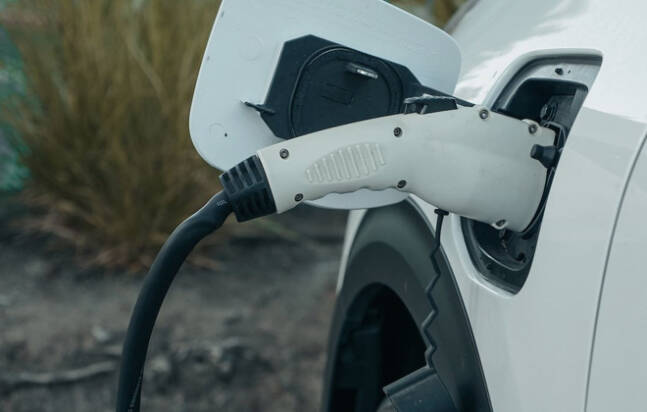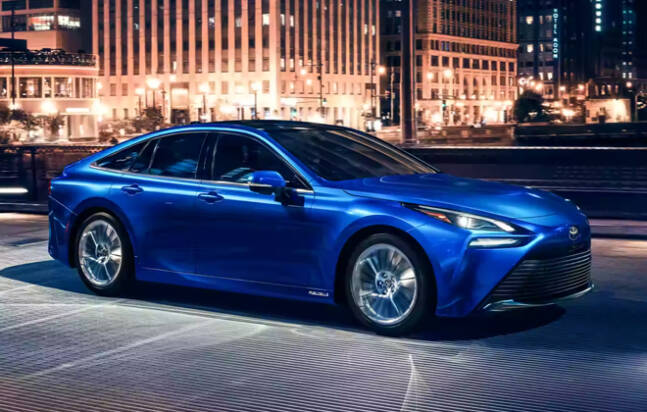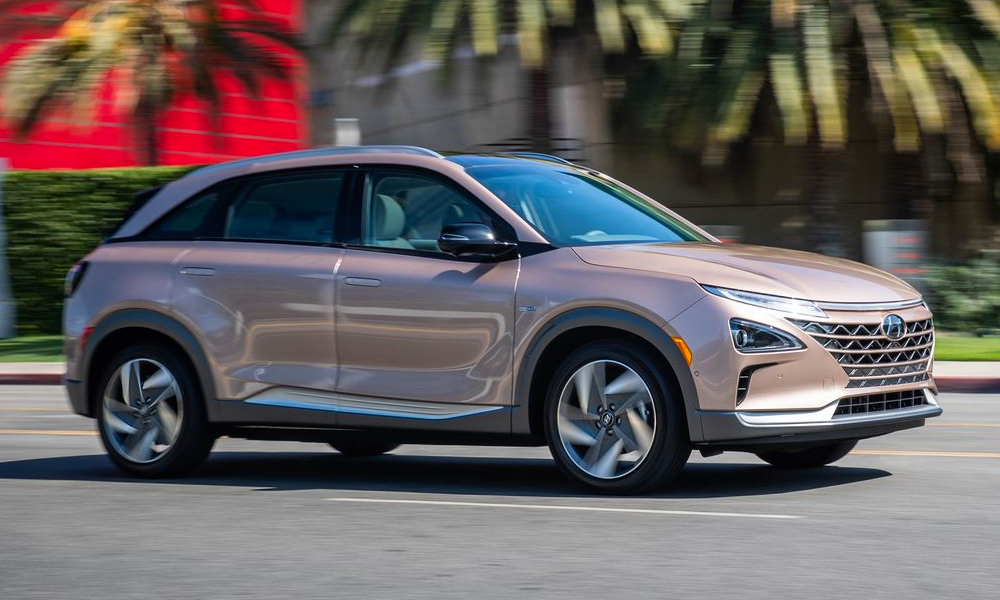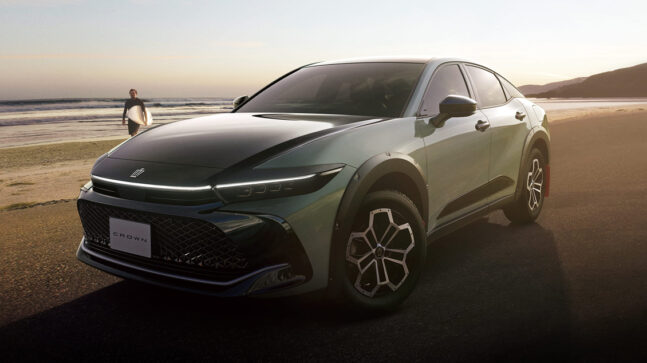Electric vehicles seem to be everywhere you look these days. In the first half of 2022 in the United States, electric vehicle sales hit a high of 4.6 percent of total vehicle sales, and the year overall saw a 65 percent jump in sales. There are EVs in virtually every segment, including pickup trucks like the Ford F-150 Lighting, big SUVs such as the Rivian R1S, and sports sedans like the Audi e-tron GT and other impressively fast electric cars on the market.
That said, there’s a (very) long way to go before the actual share of EVs on the road comes anywhere close to the share of gas vehicles. Estimates put EVs at around 1 percent of the 250 million vehicles registered in the U.S. overall. That’s not going to rise fast if the country stays in the single digit percent of sales–especially compared to a place like Norway where more than 80 percent of new vehicles sold are electric.
Still, read car publications and look at the car market and it’d be easy to think that the roads are about to get very electric, very fast. But less than two decades ago, things could have gone a very different way.

Is Hydrogen the Better Fuel Source?
In the early 2000s, before EVs started to take off in the automotive market, there was another contender: hydrogen fuel cell vehicles (FCVs). But not only were they slow to sell, the refueling infrastructure was painfully isolated to the West Coast.
The first commercially available, mass production FCV was the 2008 Honda FCX Clarity, but it was only available for lease in parts of California where the small number of hydrogen fueling stations were built. If there’s any indication of how little the segment has grown, the only two players in the consumer FCV space right now are the Toyota Mirai and the Hyundai Nexo. Just like the FCX Clarity, the Mirai and the Nexo are only available in California. Despite their niche sales (the Mirai sold a little over 2,000 units in 2022; the Nexo, a mere 408), there’s much to love about hydrogen FCVs that should’ve made them far more popular than they are today. In some ways, they’re even preferrable over EVs.
Better Range
EVs have ranges anywhere between 100 miles (Mazda MX-30) and 516 miles (Lucid Air), with most models hitting around 250 miles, although battery tech is pushing those numbers higher. Hydrogen cars generally have longer driving ranges than EVs. The Nexo, for example, gets 380 miles of range, and the Mirai an impressive 408 miles of range. Couple this with short refueling times, and hydrogen vehicles might just be the right alternative to gas cars when it comes to long-range driving trips. If FCVs had taken off and the refueling stations grew nationwide, it would be a perfect recipe for convenience as well as for efficiency.
No Charging Required
Since hydrogen is used in compressed gas form for cars, there is no charging needed the way EVs do. Onboard hydrogen fuel cells create electricity that powers FCV electric motors. The result is a refueling time that mimics that of filling up a tank of gas, so you don’t have to sit and wait for your FCV to charge. This fact also precludes you from having to own a charging station in your home, which means you don’t need a garage where you live. The process of refueling is also similar to liquid gasoline, making it more familiar to gas car owners who are reluctant to switch to EVs.
In comparison, even the quickest Level 3 charging stations take at least 15 minutes to go from 30 percent charge to 80 percent. Charging at home is an option for some, but there will always be a need to charge on the road, so the speed, durability, and availability of charging stations is paramount. While testing a number of EVs, I encountered numerous charging station problems. Many of them were out of order, or I couldn’t find an available one to use. If your EV is your only vehicle and you’re away from your home charger, you might be out of luck.
Little Environmental Impact
Like EVs, hydrogen vehicles use a renewable and plentiful energy source. Hydrogen fuel can be made in a variety of ways and is readily available (though admittedly there would be a long way to go before most hydrogen energy came from sources other than natural gas). Hydrogen vehicle emissions are essentially just water vapor. But it’s not a one-to-one comparison. Electric vehicle use is most sustainable when that power also comes from a renewable source. As long as the U.S. relies on coal and gas to keep the power on, charging an EV will rely on first using a polluting energy source to get that electricity.
Then there’s the battery issue. Anyone who thinks EVs are the savior of the environment should take a deeper look at what’s required to make the huge batteries. Lithium EV battery production is an environmentally exhaustive process that requires a significant amount of water for mineral extraction of lithium, cobalt, manganese, nickel, and rare earth elements. These deposits are often in areas already facing drought conditions that are likely to get worse, and pollution from the mining hurts the surrounding communities.
Batteries, it should also be noted, die. The multi-faceted process of recycling the huge batteries makes the EV life-cycle laborious and expensive.

Despite the advantages of hydrogen, there hasn’t been nearly as much government and private investment in hydrogen infrastructure. That’s only part of the reason why its growth is very slow compared to electric vehicles. The production of hydrogen fuel cell vehicles is, however, growing. According to a recent report from Reuters, the FCV market stood at $1.2 billion in 2022 and should grow to a substantial $40 billion by 2030. That, of course, pales in comparison to the $560 billion EV market in 2023.
It’s improbable that hydrogen vehicles will ever come close to approaching electric vehicle sales numbers. There’s so much momentum in the auto industry for EVs, with gas models being phased out for replacement by electric models. What’s more, over the past few years the federal government has allocated several billions to expand the nation’s EV infrastructure, including 2023’s $2.5 billion for underserved communities. That will help make EVs more sustainable and mitigate some of the issues in the long run, but it means that there’s not much investment leftover for other environmentally friendly options. Hydrogen gets a fraction of the funding that the EV infrastructure has received. And that’s too bad because hydrogen should be explored at a greater rate for its numerous advantages that counter some of the disadvantages of EVs, which have far outpaced FCVs with no end in sight.





